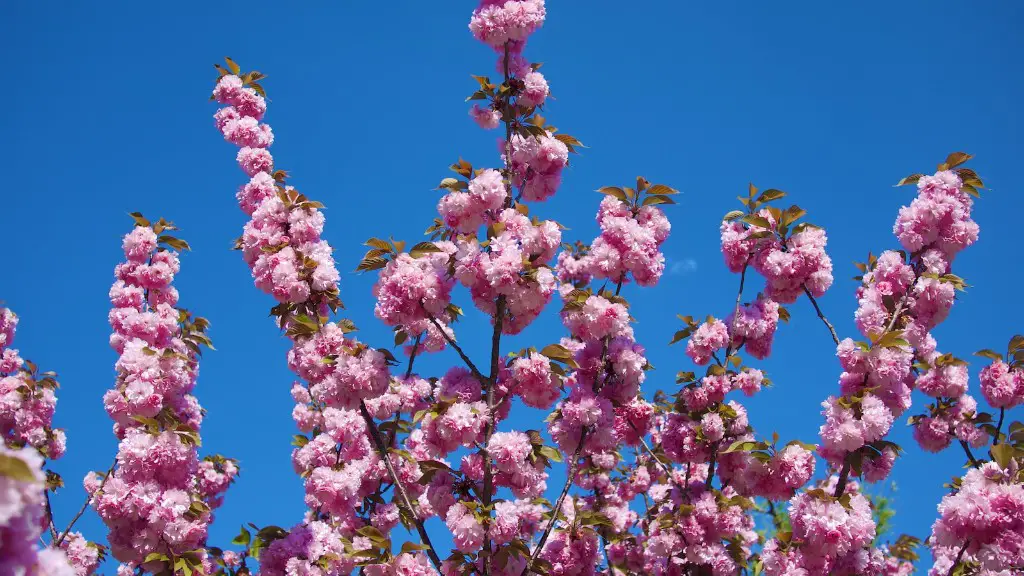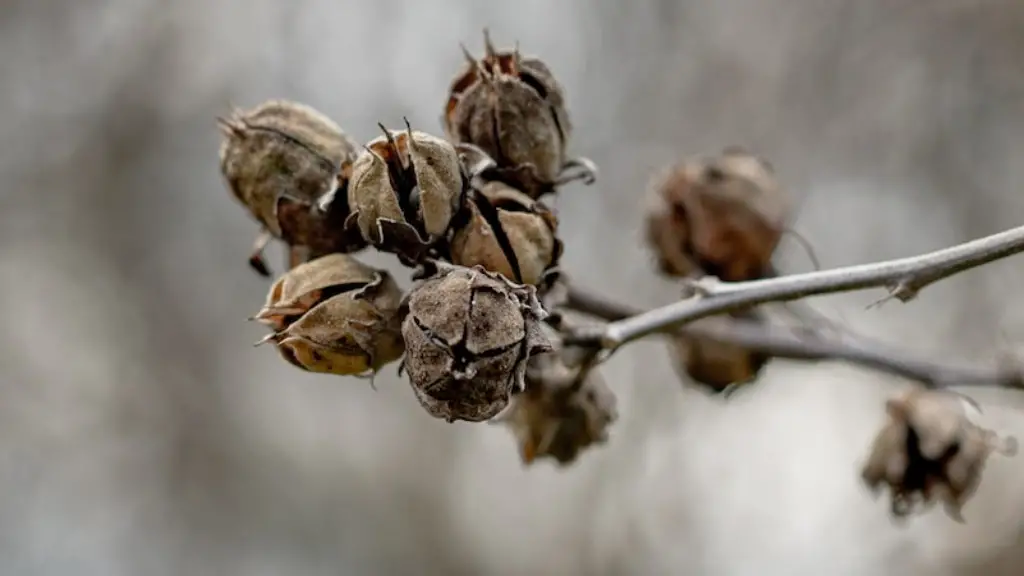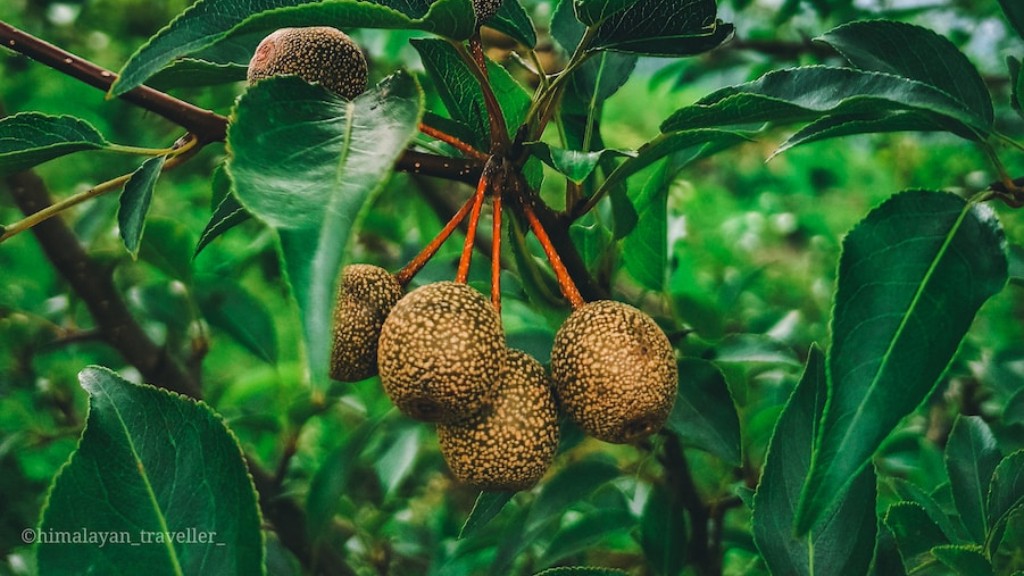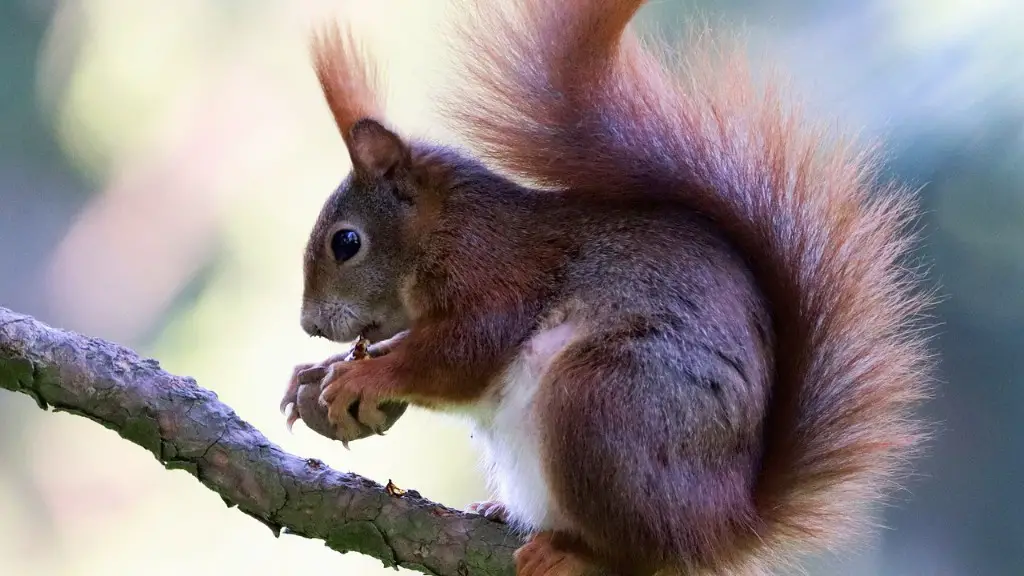Cherry trees are beloved ornamental trees, known for their fragrant blooms and tasty fruit, so it is no wonder that many gardeners aspire to grow one. While most people think of cherry trees as being tall and stately, they can take quite a while to get to this size. How long does it take for a cherry tree to grow?
Unfortunately, there is no definitive answer to this question. The amount of time it will take a cherry tree to reach maturity depends on a variety of factors, including the type of cherry tree, the soil conditions and the climate in which the tree is growing. That being said, some general guidelines can be given.
When planted from a seedling, most cherry trees will take between three and seven years to reach full maturity. While some cherry trees can reach maturity in as little as two years if the soil and climate conditions are optimal, this is not always the case. What’s more, cherry trees grown from seeds may take even longer to reach maturity as they tend to grow slower than those grown from transplanted saplings.
Cherry trees grown from transplanted saplings tend to reach maturity much faster. Most cherry trees will take between one and three years to grow to maturity if they are transplanted as a sapling. This is because the saplings are already more developed than a seedling and can therefore grow faster and stronger than their seed-grown counterparts.
Aside from the type of tree and general growing conditions, the rootstock of the cherry tree can also play a role in its growth rate. If a cherry tree is grafted onto a rootstock that promotes a faster growth rate, the cherry tree will take less time to reach maturity. On the other hand, if a cherry tree is grafted onto a rootstock that promotes a slower growth rate, the cherry tree will take longer to reach maturity.
Experts also agree that depending on the type of cherry tree and its rootstock, certain cherry trees may never reach full maturity. Dwarf cherry trees, for instance, may be unlikely to ever exceed a certain size no matter how old they get.
In conclusion, given the right conditions the time it takes for a cherry tree to grow will vary. Generally, an average cherry tree will take between three and seven years to reach full maturity when grown from a seedling, and between one and three years to reach maturity when grown from a transplanted sapling.
The Different Types of Cherry Trees
There are several different types of cherry trees available for the home gardener. Popular varieties of cherries include the sweet, tart, Montmorency and Morello cherries. Sweet cherries are among the most popular, as they are seemingly the most versatile, being eaten both fresh, as well as cooked down in to jams, jellies, and preserves. Tart cherries, as their name would imply, are quite sour when eaten fresh, but can be sweetened up when cooked. The Montmorency and Morello cherries tend to be a darker red in color and respond best to cooking.
Dwarf cherry trees are also available and are prized for their small size, making them perfect for small gardens and landscapes. Dwarf cherry trees usually produce cherries that are just as sweet and flavorful as their larger counterparts, so they can be great additions to any garden.
Where to Plant Cherry Trees
When deciding where to plant your cherry tree, it’s important to consider your climate and environment. Cherry trees typically prefer soils that are well draining and slightly acidic. Cherry trees can also handle slightly sandy soils, but planting in a clay soil or one that is heavily packed can have a negative effect on the cherry tree’s growth.
Cherry trees need plenty of sunlight, so it’s best to choose a spot that gets several hours of sun each day. It’s also important to keep the cherry tree away from large trees, which can block the sun and cast shade over the cherry tree. Additionally, cherry trees are prone to strong winds, so it may be wise to plant the tree near a windbreak such as a fence or a wall.
Caring for Cherry Trees
One of the most important steps in caring for a cherry tree is providing it with adequate water. While cherry trees are relatively drought tolerant and won’t require water every day, they will need to be watered frequently during dry periods and during their first few years in order to establish a strong and healthy root system. The best way to water a cherry tree is to make sure that the entire root zone is kept moist, but be careful not to overwater or the tree may become vulnerable to fungi.
Fertilization is also key to growing a healthy cherry tree. Cherry trees should be fertilized at least twice a year, once in the spring and once in the summer. Make sure to use a fertilizer specifically designed for fruit trees and be mindful of the amount you use as over-fertilizing can damage the tree’s health.
Disease and Pest Control
Cherry trees are not immune to disease and pests and must be monitored in order to maintain their health. Some common diseases and pests that affect cherry trees include brown rot, borers, and aphids. Brown rot is a fungal disease that can cause the cherry fruits to rot. Borers are insect larvae that tunnel into the wood of the tree, leaving behind small holes. Aphids are small insects that feed on the leaves and can cause significant damage if left unchecked.
In order to prevent and combat diseases and pests, regular inspections should be made and necessary steps taken. If disease or pests are found, proper treatment should be administered. This may include proper pruning techniques, suitable fungicides, or an introduction of beneficial insects.
Harvesting Cherry Trees
When it comes time to harvest the cherries, most varieties will be ready to be picked when they turn a deep, dark red. It is not advised to pick the cherries before they are ripe, as they will not be as sweet and may not last as long before spoiling. Ripe cherries should be picked carefully and gently in order to prevent damage to the tree or other fruit.
Once the cherries have been picked, they should be stored in a cool, dry place. The cherries can be eaten fresh, canned, or frozen. When storing the cherries in the refrigerator, it’s best to put them in a plastic bag to prevent them from drying out.
How to Prune a Cherry Tree
Pruning is an important part of caring for a cherry tree. Pruning helps to promote healthy growth and also keeps the tree in a manageable size. Pruning should be done at least once a year, preferably in the late winter or early spring before new growth starts. When pruning a cherry tree, the goal should be to open up the center of the tree and remove any dead or damaged branches. Be sure to use sharp, clean pruning shears and make all cuts at a slight angle.
Pruning is also an important step in helping to prevent diseases and pests from taking hold of the tree. By removing any dead or damaged branches, it helps to reduce potential hiding places and eliminate sites where diseases or pests can spread. Additionally, cherry trees tend to require less fertilizer and water when they’re properly pruned, making it easier to manage the trees.




